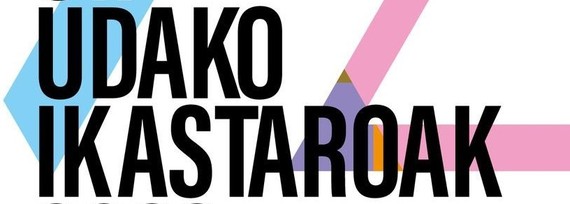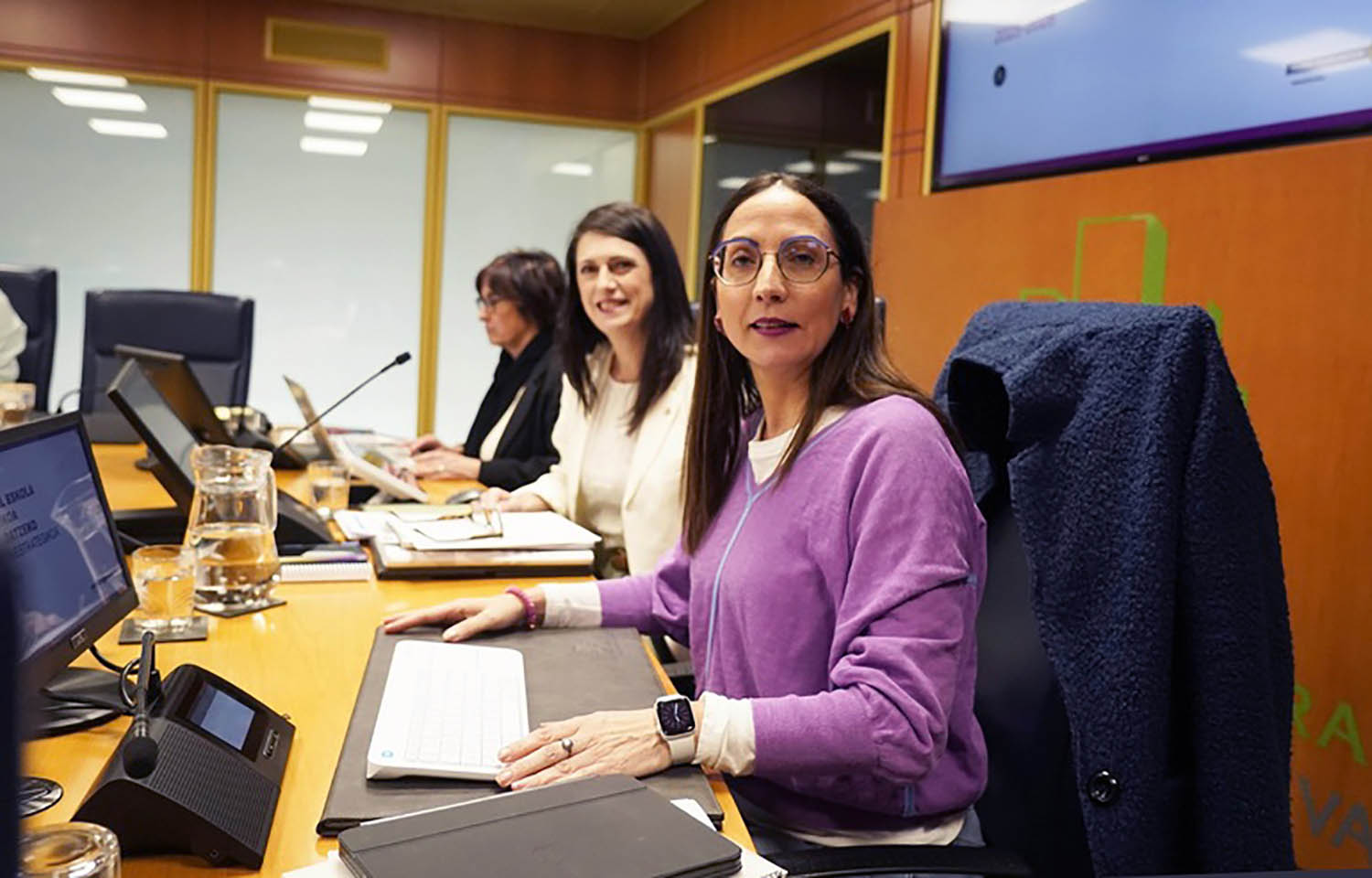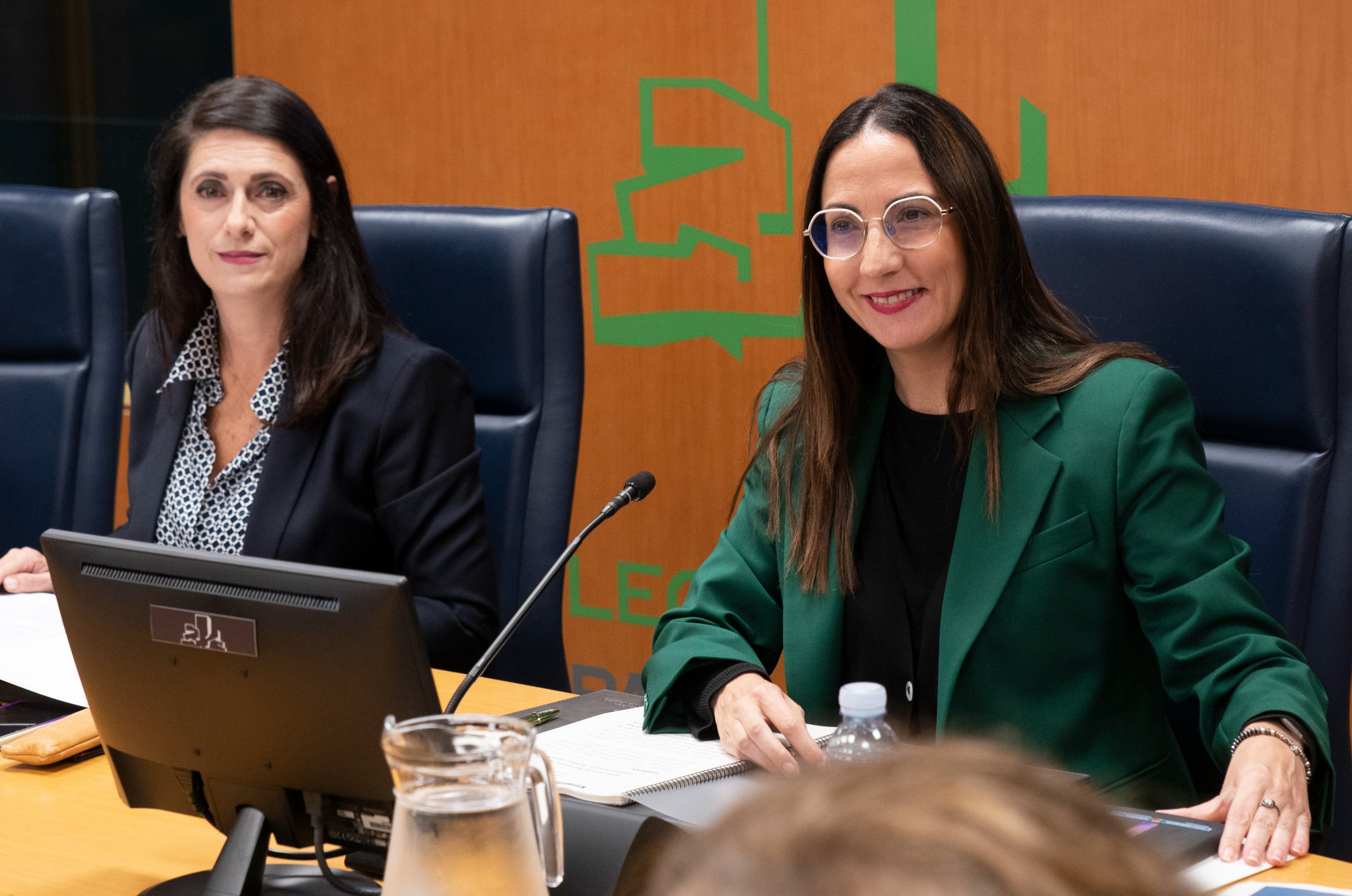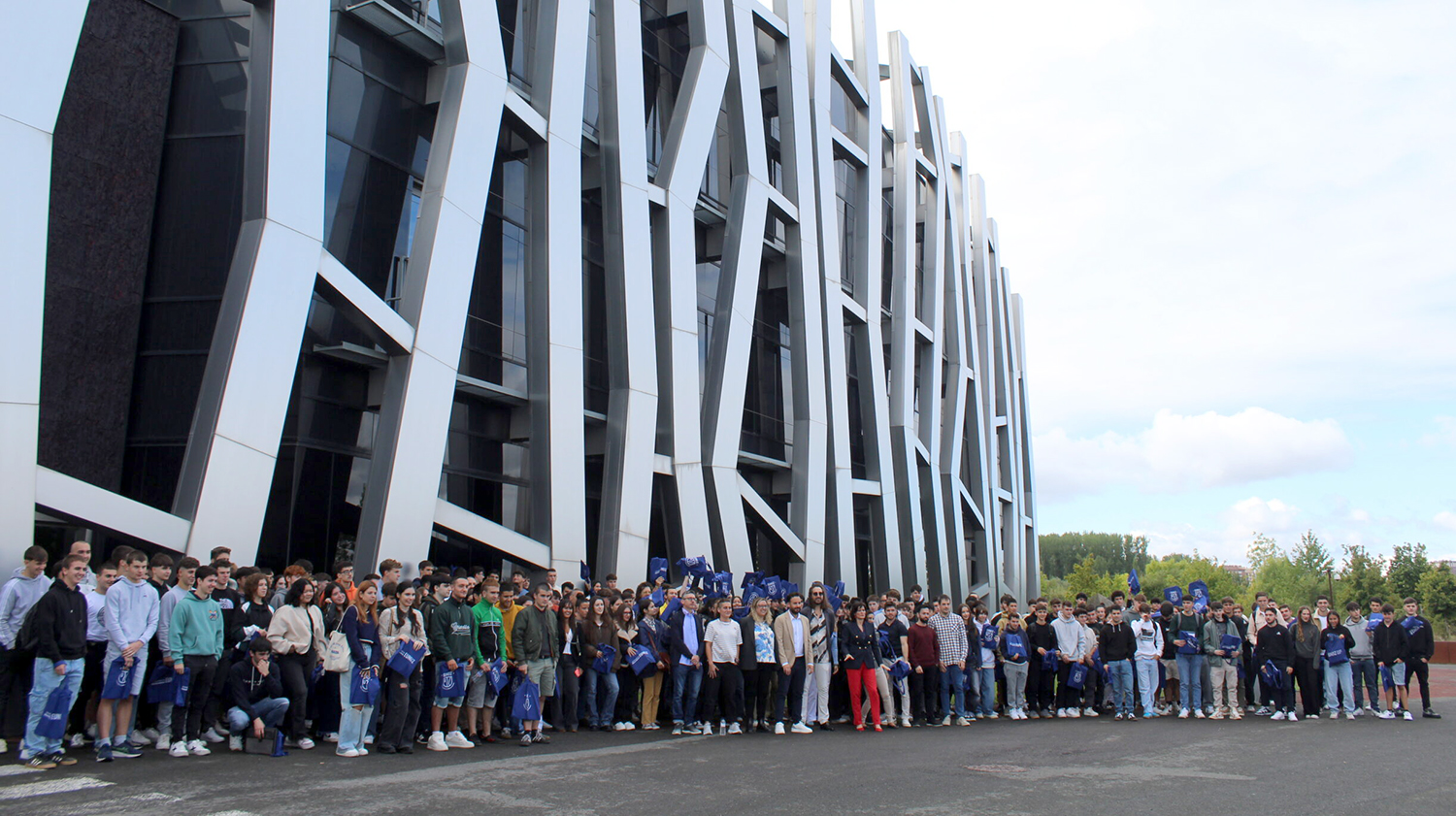Forestry school with children with mobility problems: overcoming fears and limits
- Two 5-year-old students with difficulty moving and walking have enjoyed a weekly forestry school session at Irun School: the challenge started between borders and fears has had great benefits, development and learning. "They are very protected students and it has helped them a lot to liberate them in the woods," added the Department of Education.

We have asked Nahia Aguado Álvarez to tell us his experience in the summer course of the UPV/EHU Educating in nature. She is a teacher of Early Childhood Education at Toki Alai College in Irun. Every Wednesday, 5-year-olds come to forestry school, a public natural space quite close to school, “it’s a charming forest, you can find many species.” To reach it, however, a strong slope must be raised and it is not easy, especially for young children, and, of course, if they have any mobility problems.
The question arose in the school in view of the mobility problems of two students who would go to the 5 year class: both to raise the slope and to be able to work comfortably and well in the forest school, what to do and how to act? One of the children walks, but has difficulty sitting, standing up and moving. In the other case, the difficulties are greater: because of brain problems, you have difficulty walking, even sitting and standing up. “Of course, we don’t plan to leave these boys and girls without going to the forest,” says Aguado. They contacted the members of the Forestry School and at first the need to purchase an adapted chair was raised, especially for the child with greater mobility problems, but the teacher said they did not have money. And there they discovered the Kemen Foundation.
"Can you have an adult next to you standing in the woods like the rest of your peers? Or do you put gloves, knees and let them work to our liking?
The Kemen Foundation is a sports club for people with disabilities who have been given an adapted bicycle, known as joëlette, musutruk. It takes between two people (one strip ahead like a sledge, the other makes the force behind) and allows the child to be taken to the forest on the hill. The president of the Foundation, Fernando Michelena, explained that they have a lot of adapted resources and materials that anyone with mobility problems can ask for, and that they will be left free to go to the mountain or do sports. Moreover, sometimes there are also volunteers who need help to take their child by bike or any other means.
Once in the forest, what? How to act? “So that these boys and girls stay in the woods like other peers and peers, can it be done continuously? Or will we put on gloves and knee protections and let them sometimes stand, sometimes on four legs, so that they can play for pleasure? ", the teachers reflected, as Nahia Aguado explained. “We realized that there are limits in our head, but that it is they who have to feel comfortable, not us, and therefore, we bought gloves and knees and gave the children the opportunity to work as they wanted, on the ground they would be at ease.” Result: “We have seen that they have adapted to the new space in their own way, that the goal is not to seek out how they can reach like others, but how to make them reach their own way.”
Moving from a plain ground to an irregular forest space, with branches, stones, bridges, ups and downs, hanging trees… is a training for the body, says Aguado. It's beneficial for everyone, but often these kids have fewer opportunities to go to the forest than others: “One operation after another has difficulties and other priorities, and being able to go to the forest with mobility problems is not always easy for families.”
"At first, he felt stuck with an adult. As the fear went away, it went on its own, it fell often, but it rose calmly.
How it started and how it ended
The professor has reported that the process has been beautiful and that the evolution that both have had has been impressive. In the case of students with greater mobility difficulties, at first they took him to the forest by bicycle adapted and ended up climbing the hill on foot, taking him from the hand of his friends. “Think about all the things that this image contains.” For her physical development, Aguado says that the forestry school has been like being on top of the gym and that it has improved a lot.
The other student has gained muscle mass, but above all the professor has highlighted the advances he has made in the fight against fears. In the day-to-day running around, but since I could not bring the artifact to the forest, I was initially afraid to cry. I was glued to an adult. “His experience is to fall to the ground, to the concrete, to hurt him, but among other things he saw that the fall in the forest is not so painful. He was overcoming the fears and although in the most difficult places he asked for the help of the adult or moved on four legs, in most cases he managed to walk; he fell frequently, but stood up right away, very quiet”. That has also been a challenge for teachers, “to see that it fell and not go immediately behind; if it was OK and didn’t ask for our help, we didn’t have to go. These are students who have been very protected all their lives, for example, to be able to go to the forest you have to assign an adult to each one, otherwise we cannot go with them to the forest, and if you always have an older person next to you, you will be dependent on him. Leaving them quite free in the forest, moving in an area that feels safe without adults, has given them independence and autonomy.”
.jpg)
Physiotherapist, also in the forest
Physiotherapists have played an important role in all of this. On the one hand, because they needed the help of adults to be able to go out into the woods, and above all because the physiotherapist who corresponds to them in school hours could take much better advantage of their work in the forest, they proposed that their sessions with each student be held in the forest, and the physiotherapist Laxia Urresti said yes. In Urresti’s words, it has been a wonderful experience, both because of the multiple resources the forest offers to work mobility, and because it has held sessions with all children in the forest – in the school you have to take the child out of the room and work alone, in the physio session. The work has not only been physical, one of the most important parts of its work has been that the students face the fears and take away the fears, that if they fall it doesn't matter to them and keep moving forward step by step.
After all, Nahia Aguado has pointed out that one of the bases of the forestry school is the pedagogy of risk, which discovers the limitations that children have to be themselves and know themselves, to know how far they can reach, climb the tree, maintain balance above a trunk, run in conflictive areas… “In today’s society, especially in cities, children do not have to know the street anymore. How will I know how far I can go?”
In addition to the two students mentioned, a 4-year-old boy was also brought to school, without mobility difficulties but with functional diversity. Despite not corresponding to his age, they decided on the basis of his previous experiences. “You’ve seen the benefit of going to forestry school for students with functional diversity. In the case of students with Autism Spectrum Disorder, for example, the bustling acoustics and the unnatural lights of the centers generate great stress, and all of this radically changes in the forest, decreases the level of stress and suddenly we have seen spectacular advances in the relationships, in the development of language, in the attitude…".
"Children live surrounded by orders and limits that come from outside. How am I going to know how far I can go?
The school, that place to sit
In spite of everything, the forestry school is beneficial for the learning and development of all students and, aware that research shows it, perhaps we should place the focus elsewhere: Does being sitting for so many hours in school not harm students? At Toki Alai School in Irun, as in many other schools, Aguado tells us that in Early Childhood Education they practice the philosophy of autonomous movement and that children move from class to room, “although we take advantage of the possibilities we have, it is undeniable that schools are closed spaces and walled concrete patios. Repeating what I heard from an architect, the plans for the creation of schools are coming out of the plans for the creation of jails, and it should give us what to think. In this endeavour to protect children so much, we have disproportionate results.”
Professor of Physical Education Luis Larrañaga made it clear: Where is the body in school? round table (Larrun, 227): “Students are not satisfied with the need for movement. Some will do extracurricular activities, but it is not appropriate for them to spend many hours every day in the centre and for most of them to remain seated. The body is prepared by itself for movement, not for sitting for hours and hours, which entails consequences.” Therefore, forestry school is enriching for all students, leaving the four walls and jumping to nature, and in Toki Alai they have shown that mobility difficulties are not obstacles to learning between wells, barros and trees.
We have had to endure another attack on our language by the Department of Education of the Government of Navarre; we have been forced to make an anti-Basque change in the PAI program. In recent years, by law, new Model D schools have had to introduce the PAI program and have had... [+]
Public education teachers have the need and the right to update and improve the work agreement that has not been renewed in fifteen years. For this, we should be immersed in a real negotiation, but the reality is deplorable. In a negotiation, the agreement of all parties must be... [+]
Lehengai anitzekin papera egitea dute urteroko erronka Tolosako Lanbide Heziketako Paper Eskolako ikasleek: platano azalekin, orburuekin, lastoarekin, iratzearekin nahiz bakero zaharrekin egin dituzte probak azken urteotan. Aurtengoan, pilota eskoletan kiloka pilatzen den... [+]
Garai kuriosoak bizi ditugu eta bizi gaituzte, zinez. Hezkuntza krisian dela dioten garaiak dira eta, gutxien-gutxienean, aliritzira, ba aizue, 2.361 urte ditu gaurgero boladatxoak.
Ez zen ba debalde joan Aristoteles bere maisu maite Platonen akademiatik lizeo bat muntatzeko... [+]




















